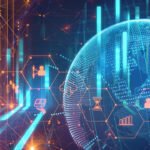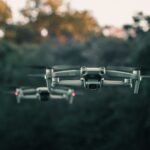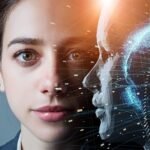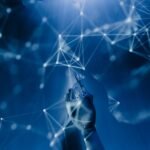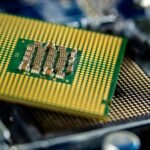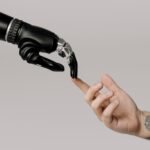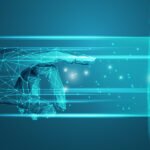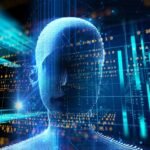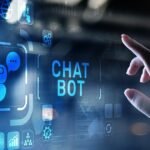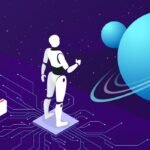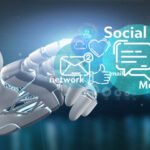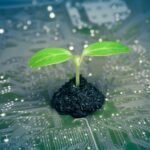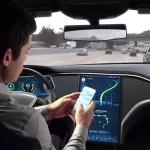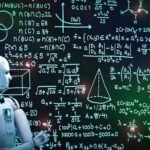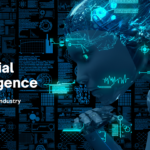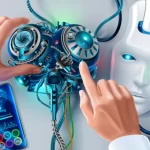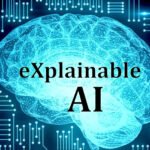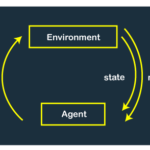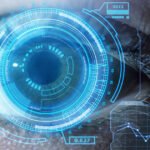How AI is Driving the New Industrial Revolution
The world is witnessing a seismic transformation in industries, as Artificial Intelligence (AI) takes center stage in driving the fourth industrial revolution. AI, powered by advanced machine learning algorithms and data analytics, is revolutionizing the way businesses operate, optimize processes, and make decisions. In this blog, we will explore the profound impact of AI on industries, the benefits it brings, and how it is shaping the new industrial landscape.
- Enhancing Automation and Efficiency
AI is redefining automation in industries, enabling machines and robots to perform tasks with unparalleled precision and efficiency. AI-powered robots and autonomous systems are revolutionizing manufacturing by streamlining production lines, reducing downtime, and minimizing errors. In logistics and supply chain management, AI-driven automation optimizes inventory management, route planning, and last-mile delivery, resulting in cost savings and faster delivery times.
By taking over repetitive and time-consuming tasks, AI allows human workers to focus on more strategic and creative aspects of their roles, leading to higher job satisfaction and productivity.
- Predictive Maintenance and Reduced Downtime
AI’s predictive analytics capabilities are transforming the way industries handle maintenance. Instead of relying on fixed schedules or waiting for equipment to break down, AI analyzes data from sensors and historical records to predict potential failures.
This proactive approach to maintenance minimizes downtime, reduces maintenance costs, and extends the lifespan of machinery and equipment, optimizing overall operational efficiency.
- Data-Driven Decision Making
The wealth of data generated in today’s interconnected world can overwhelm businesses without the right tools to harness its potential. AI empowers industries to make data-driven decisions by rapidly analyzing vast datasets and extracting meaningful insights.
In fields like finance, healthcare, and marketing, AI-driven analytics helps identify trends, risks, and opportunities, enabling businesses to make informed choices that maximize outcomes.
- Personalized Customer Experiences
AI is revolutionizing customer experiences by personalizing interactions and tailoring services to individual preferences. In retail, AI-powered recommendation engines analyze customer data to offer personalized product suggestions, increasing customer satisfaction and loyalty.
Similarly, in healthcare, AI-driven diagnostics and treatment plans cater to individual patient needs, improving medical outcomes and overall patient care.
- Enabling Innovation and Product Development
AI is a catalyst for innovation, accelerating the development of cutting-edge products and services. In industries like pharmaceuticals and material sciences, AI-driven simulations and modeling facilitate rapid experimentation and iteration, expediting the discovery and design of new drugs and materials.
By reducing the time and costs associated with research and development, AI fosters a culture of innovation and enables companies to bring groundbreaking products to market faster.





